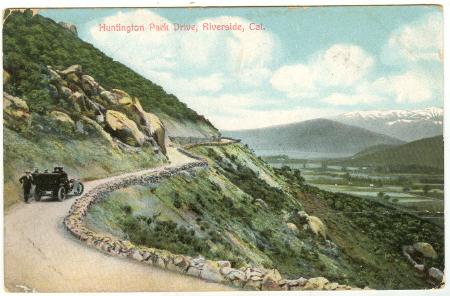 | Пасадена, музей и парки Г. Хантингтона |
|
|
Highland Park |
Named for prominent industrialist Henry Huntington, Huntington Park was incorporated in 1906 as a streetcar suburb for workers in the rapidly expanding industries to the southeast of downtown Los Angeles. (To this day, about 30% of its residents work at factories in nearby Vernon and Commerce. [1]) The stretch of Pacific Boulevard in downtown Huntington Park was a major commercial district serving the city''s largely working-class residents, as well as those of neighboring cities such as Bell, Cudahy, South Gate, and Downey. As with most of the other cities along the corridor stretching along the Los Angeles River to the south and southeast of downtown Los Angeles, Huntington Park was an almost exclusively white community during most of its history; Alameda Street and Slauson Avenue, which were fiercely defended segregation lines in the 1950s, separated it from black areas.
The changes that shaped Los Angeles from the late 1970s onward--the decline of American manufacturing that began in the 1970s; the rapid growth of newer suburbs in Orange County, the eastern San Gabriel, western San Fernando and Conejo valleys; the collapse of the aerospace and defense industry at the end of the Cold War; and the implosion of the Southern California real estate boom in the early 1990s--resulted in the wholesale departure of virtually all of the white population of Huntington Park by the mid-1990s. The vacuum was filled almost entirely by two groups of Latinos: upwardly mobile families eager to leave the barrios of East Los Angeles, and recent Mexican immigrants. Today, Pacific Boulevard is once again a thriving commercial strip, serving once again as a major retail center for working-class residents of southeastern Los Angeles County--but unlike its previous heyday of the 1930s, the signs along the avenue''s storefronts are now primarily in Spanish.

